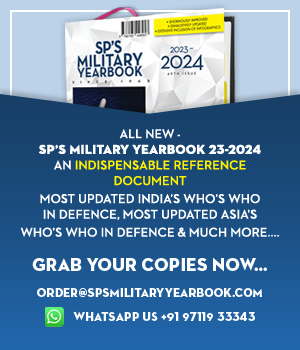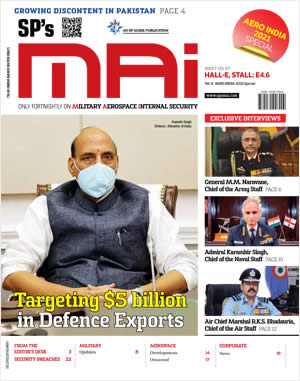INDIAN ARMED FORCES CHIEFS ON OUR RELENTLESS AND FOCUSED PUBLISHING EFFORTS
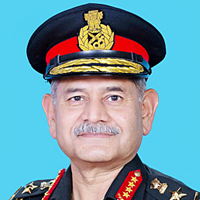
The insightful articles, inspiring narrations and analytical perspectives presented by the Editorial Team, establish an alluring connect with the reader. My compliments and best wishes to SP Guide Publications.
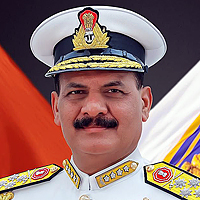
"Over the past 60 years, the growth of SP Guide Publications has mirrored the rising stature of Indian Navy. Its well-researched and informative magazines on Defence and Aerospace sector have served to shape an educated opinion of our military personnel, policy makers and the public alike. I wish SP's Publication team continued success, fair winds and following seas in all future endeavour!"

Since, its inception in 1964, SP Guide Publications has consistently demonstrated commitment to high-quality journalism in the aerospace and defence sectors, earning a well-deserved reputation as Asia's largest media house in this domain. I wish SP Guide Publications continued success in its pursuit of excellence.
- Operation Sindoor: Resolute yet Restrained
- India’s Operation Sindoor Sends a Clear Message to Terror and the World – ‘ZERO TOLERANCE’
- Japan and India set forth a defence cooperation consultancy framework, talks on tank and jet engines
- Terrorist Attack in Pahalgam in Kashmir: Unfolding a long surgical war against PAK
- Lt General Pratik Sharma takes over Command of Indian Army's Northern Command
Three New Joint Doctrines
The release of these doctrines is a significant stride in enhancing joint operational capability, fostering synergy across the Services, as well as integrated employment of forces across all domains
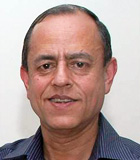 |
The Author is Former Director General of Information Systems and A Special Forces Veteran, Indian Army |
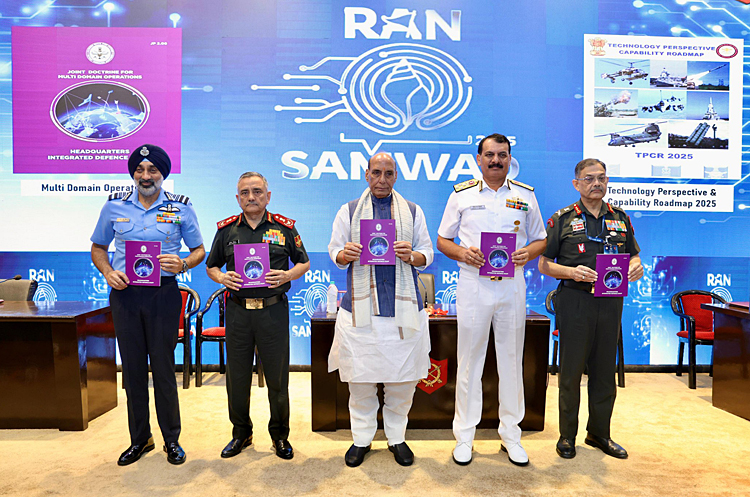
During 'Ran Samwad' Tri-service seminar at the Army War College in Dr Ambedkar Nagar, Madhya Pradesh on August 27, 2025, Chief of Defence Staff (CDS) General Anil Chauhan released two landmark doctrinal publications - Joint Doctrine for Special Forces Operations and Joint Doctrine for Airborne & Heliborne Operations. Chief of the Naval Staff (CNS) Admiral Dinesh K. Tripathi, Chief of the Air Staff (CAS) Air Chief Marshal A.P. Singh and Vice Chief of the Army Staff (VCOAS) Lt General Pushpendra Singh were also present during the release ceremony.
Formulated under the aegis of Doctrine Directorate, Headquarters Integrated Defence Staff (IDS) with active participation from the three Services, these doctrines lay down the guiding principles, operational concepts and interoperability frameworks for conduct of Special Forces missions and Airborne Operations. Speaking on the occasion, Chauhan lauded the three Services for their professionalism, adaptability and commitment to jointness, noting that these doctrines would serve as pivotal references for planners, commanders and operators in the evolving battle space.
Formulated under the aegis of Doctrine Directorate of the IDS, with active participation from the three Services, these doctrines lay down the guiding principles, operational concepts and interoperability frameworks for conduct of Special Forces missions and Airborne Operations.
Concurrently, the third doctrine of Joint Doctrine for Multi Domain Operations was released by Defence Minister Rajnath Singh, which charts the way forward for integrated and synergised employment of the Armed Forces across land, sea, air, space and cyber cognitive domains, strengthening jointness and future readiness, the Ministry of Defence (MoD) said. The multi domain operations construct has the potential to create a resilient, responsive and agile force structure, capable of leveraging significantly augmented military power that actively accompanies the warfighter into the tactical battle area while empowering the decision makers in the operation centres. Chauhan writes in his foreword to this doctrine, "This document is the first step by the Indian armed forces to define and understand this new way of conducting operations. It broadly conceptualises how the three services will organise, plan and fight, to defeat the adversary in any domain, at any level of war."
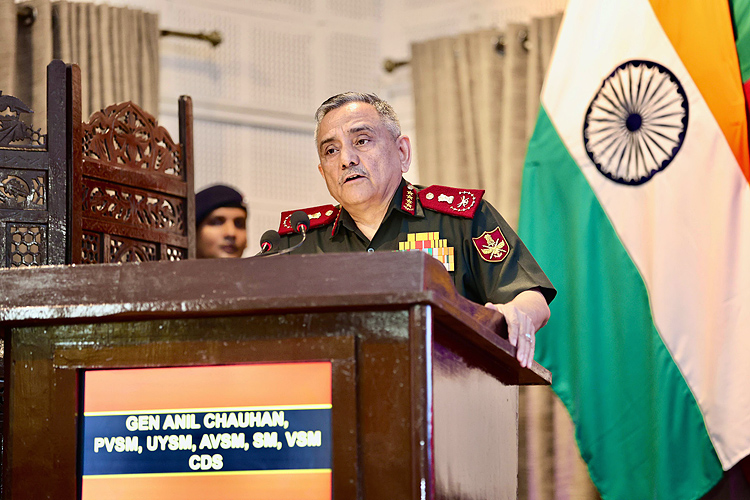
The Joint Doctrine for Special Forces Operations states that in the coming decade, a range of potentially revolutionary technologies and novel uses could change the character of Special Operations. It seeks to enhance common understanding, terminologies and basic procedures, paving the way for greater interoperability and synergy among the commandos of the three services; the Army's Para (SF), the Navy's Marine Commandos (MARCOS) and IAF's Garuds. The doctrine covers multiple subjects including joint training, future weapon profile, operational imperatives, and issues related to command, control and planning. In his foreword to the doctrine, Chauhan writes, "This doctrine articulates a unified philosophy encompassing principles, capabilities and employment strategies for Special Forces across land, maritime and air domains. It is envisaged as a foundational reference to facilitate joint planning, execution and capacity building for Special Forces in consonance with emerging roles and missions of the 21st century."
All these doctrines are being viewed as a precursor to the setting up of Integrated Theatre Commands.
The Joint Doctrine for Special Forces Operations states: "When employed jointly, SF must have a high level of interoperability by way of common standard operating procedures, joint training and common means of communication. Joint training of Para (SF), MARCOS (Marine Commandos) and SF Garud is vital for maintaining highly capable, adaptable and interoperable SF to address complex security challenges, In the coming decade, a range of potentially revolutionary technologies and novel uses could change the character of Special Operations. Advancements in weapon systems, new technologies and the methods for employing these weapons and equipment will revolutionise the battlefield."
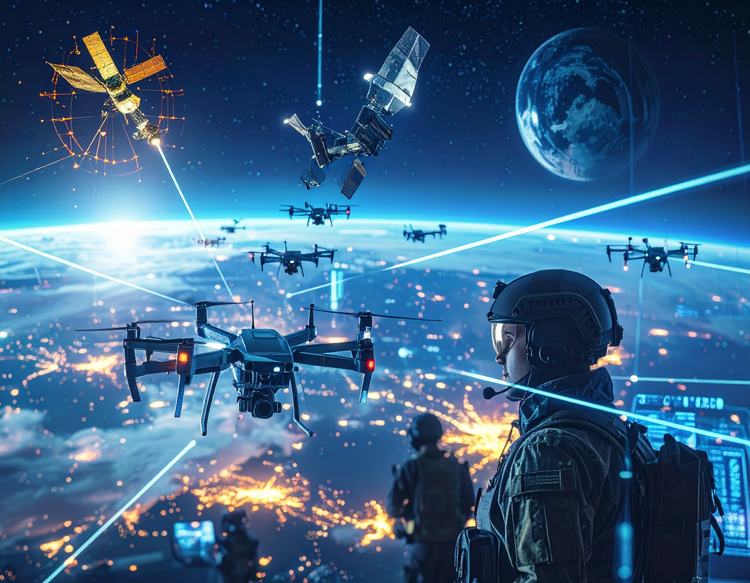
The Joint Doctrine for Airborne & Heliborne Operations states that in the current and future battlefield milieu, the success of airborne/heliborne operations will hinge on the integration of advanced technologies, joint services cooperation and comprehensive training to facilitate technological absorption and synergy of tactics, techniques and procedures, Chauhan wrote in the forward to this doctrine, "The principles and guidelines outlined in this document will ensure that India's airborne/heliborne forces remain a credible and responsive element of our national military power, capable of decisive action across the full spectrum of military operations, from peacetime military engagement to high intensity conflicts."
Ironically, we still do not have a National Security Strategy (NSS) and a National Defence Strategy (NDS).
The release of these doctrines is a significant stride in enhancing joint operational capability, fostering synergy across the Services, as well as integrated employment of forces across land, sea, air, space, cyber, and cognitive domains, ensuring readiness to meet emerging security challenges with precision and resolve. All these doctrines are being viewed as a precursor to the setting up of Integrated Theatre Commands.
Ironically, we still do not have a National Security Strategy (NSS) and a National Defence Strategy (NDS). In 2018, an apex level Defence Planning Committee (DPC) chaired by NSA Ajit Doval was set up to formulate the NSS and a National Defence Strategy (NDS) but there has been no update on the progress. In the past, former Army Chief General Manoj M. Naravane had said it was essential to have an NSS, NDS and a higher defence organisation in place and only then can we think of integrated theatre commands. Also, Lt General Vijay Oberoi, former VCOAS, who was also the first Director of Centre for Land Warfare Studies (CLAWS) has pointed out that our current higher defence structure inhibits planning and decision-making, long-term focus, intimate coordination, integration, and cost-efficiency. These issues require serious introspection.




